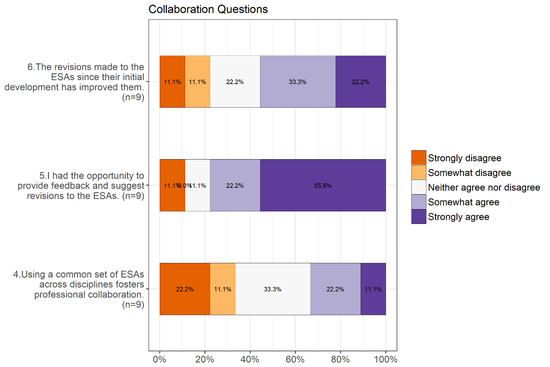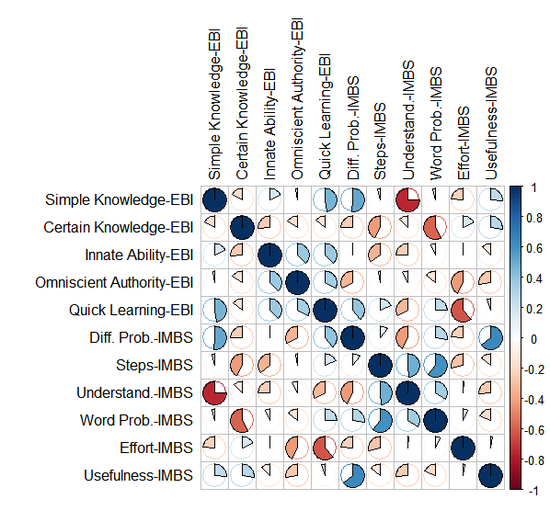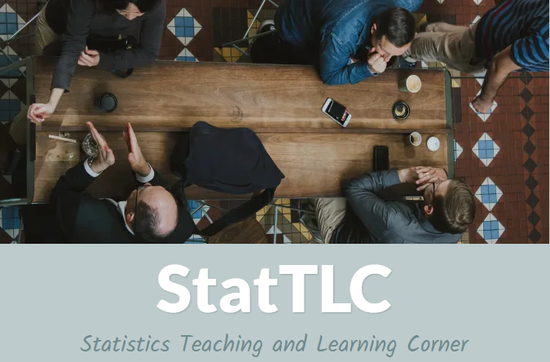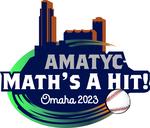Biography
Douglas Whitaker is an Associate Professor in the Department of Mathematics and Statistics at Mount Saint Vincent University in Halifax, Nova Scotia. Dr. Whitaker’s primary research area is developing and evaluating psychometrically valid instruments for use in educational contexts. Additionally, he is broadly interested in the teaching and learning of statistics and data science and provides statistical consulting services across disciplines.
Dr. Whitaker’s current work focuses on measuring attitudes, and he is a member of the Motivational Attitudes in Statistics and Data Science Education Research (MASDER) team. As a member of the MASDER team, he is a Co-PI on an NSF-funded grant to develop a family of instruments for use with students and instructors to holistically measure attitudes and characteristics of the learning environment in statistics and data science education contexts (DUE #2013392). Dr. Whitaker also studies the use of non-Likert-type items for measuring attitudes.
Dr. Whitaker attended the University of Florida, where he earned his master’s degree in Statistics in 2012 and doctorate in Statistics Education in 2016. As a graduate student, he served as a member of the NSF-funded Levels of Conceptual Understanding in Statistics (LOCUS; DRL-1118168) test development project.
- Statistics Education
- Educational Measurement
- Instrument and Assessment Development
- Psychometrics
- Attitudes and Beliefs about Statistics
- Data Science Education
- R Programming
-
PhD in Statistics Education, 2016
University of Florida
-
MStat in Statistics, 2012
University of Florida
-
BA in Statistics, 2010
University of Florida
-
BS in Mathematics, 2010
University of Florida
Experience
Projects
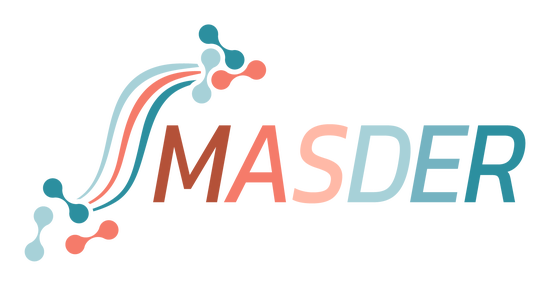
MASDER: Developing a instruments to measure attitudes in statistics and data science
The Motivational Attitudes in Statistics and Data Science Education Research (MASDER) research group is developing a family of instruments to measure student and instructor attitudes and characteristics of learning environments for statistics and data science courses. This work is funded by the National Science Foundation (DUE-2013392).
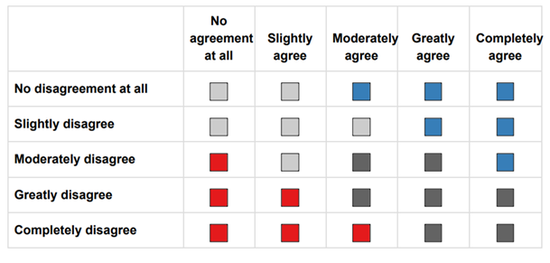
ESG-type items in statistics education
Evaluative Space Grid (ESG) items may provide for a more nuanced understanding of neutral attitudes. This work is in its early stages and is supported by an internal New Scholars Grant from Mount Saint Vincent University.
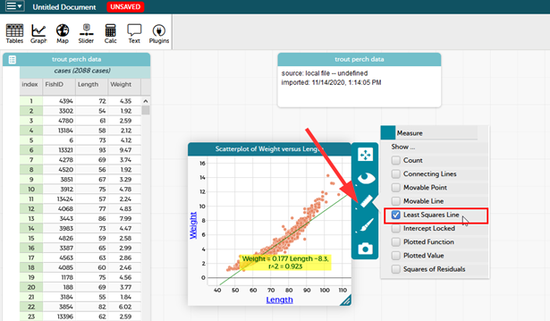
Activities for teaching statistics
I develop and share activities and lesson plans for teaching statistics topics.
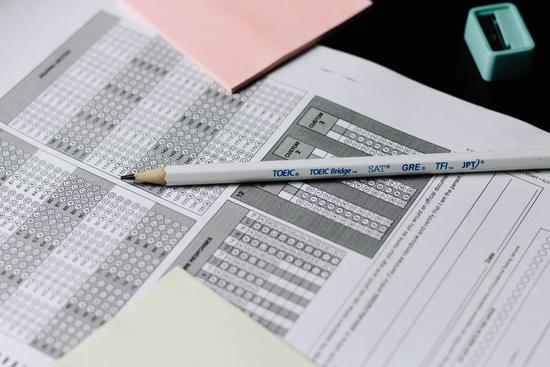
Evaluating a placement test
A university department needs a new statistics placement test. This project is evaluating the current mathematics placement test, documenting validity evidence supporting its use, and determining what modifications would be necessary for it to serve as a suitable placement test for statistics.

R Packages
I develop and release R packages while working on other projects.

Measuring student attitudes toward statistics
I research affective constructs in statistics education using existing instruments such as the Survey of Attitudes Toward Statistics (SATS-36; Schau, 2003).
Recent & Upcoming Talks
Featured Publications
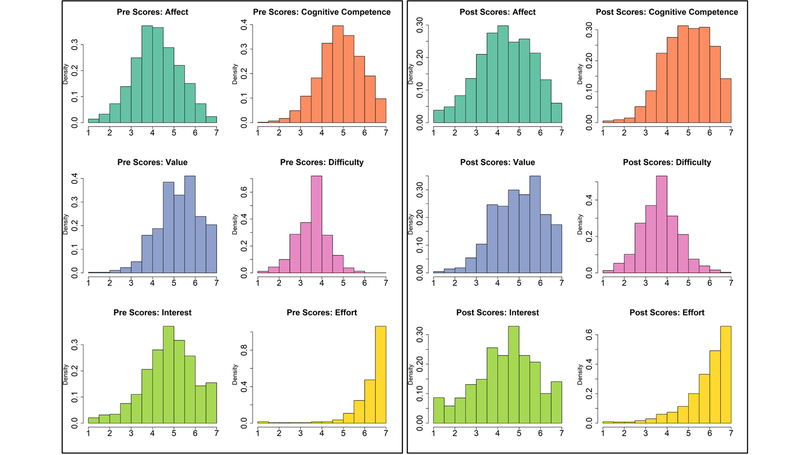
The Survey of Attitudes Toward Statistics (SATS) is a widely used family of instruments for measuring attitude constructs in statistics education. Since the development of the SATS instruments, there has been an evolution in the understanding of validity in the field of educational measurement emphasizing validation as an on-going process. While a 2012 review of statistics education attitude instruments noted that the SATS family had the most validity evidence, two types of challenges to the use of these instruments have emerged: challenges to the interpretations of scale scores and challenges using the SATS instruments in populations other than undergraduate students enrolled in introductory statistics courses. A synthesis of the literature and empirical results are used to document these challenges.






